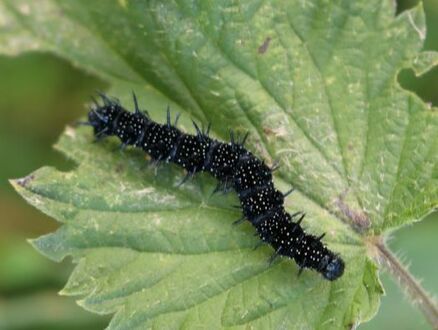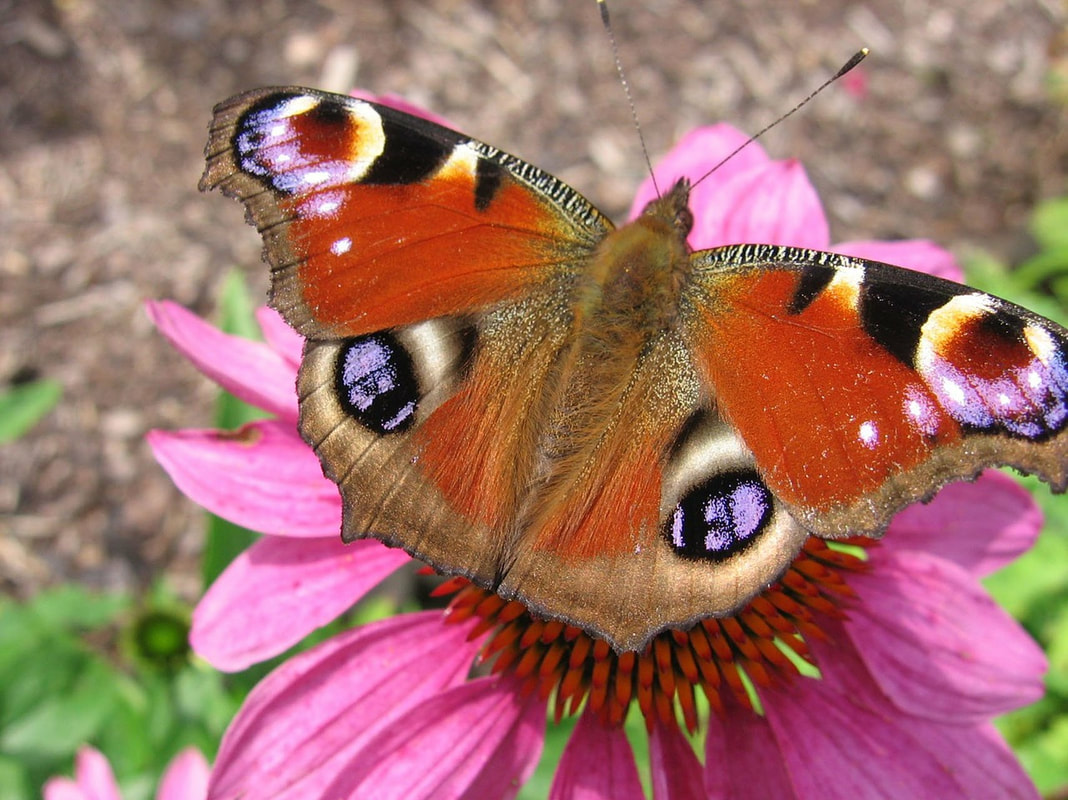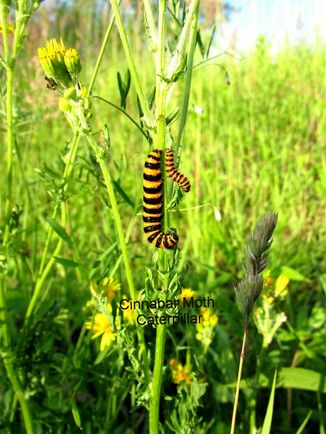Everyone Loves Butterflies
Let's help stop the decline by providing food for the caterpillars - like the Peacock caterpillar above - as well as nectar for the adults
A typical wildflower seed mix may contain twenty species of flowering plant, but of these only three or four are likely to be edible by the caterpillars of local butterflies. They are pollinator mixes designed to provide nectar for butterflies and both nectar and pollen for bees, and to provide a succession of flowers over as long a period as possible. Excellent! But if we wish to attract specific butterflies we need to make sure that their caterpillars are provided with nutritious leafy food as well as the sugary nectar drinks the adults go for. That usually means leaves or buds, definitely not pollen and nectar, and they are very specific in their requirements. Not just any leaf will do, often only one or two species.of plant fit the bill, and these are the ones we need to provide.
.
It has to be remembered too that the leaves the caterpillars eat are not always the leaves of the plants with the pretty flowers. The caterpillars of the Small Copper, one of our cutest butterflies, depends on Sorrel, which is wind pollinated and so doesn't produce large colourful flowers to attract insects, And as we all know, the caterpillars of several of our biggest and most colourful butterflies feed on the stinging nettle, which only has small flowers as it too is largely wind pollinated.
Some wildflowers do provide the complete package. One such is the Wild Scabious, its leaves providing food for the caterpillars and its nectar-rich flowers energy for the adults of the Marsh Fritillary.
.
It has to be remembered too that the leaves the caterpillars eat are not always the leaves of the plants with the pretty flowers. The caterpillars of the Small Copper, one of our cutest butterflies, depends on Sorrel, which is wind pollinated and so doesn't produce large colourful flowers to attract insects, And as we all know, the caterpillars of several of our biggest and most colourful butterflies feed on the stinging nettle, which only has small flowers as it too is largely wind pollinated.
Some wildflowers do provide the complete package. One such is the Wild Scabious, its leaves providing food for the caterpillars and its nectar-rich flowers energy for the adults of the Marsh Fritillary.


